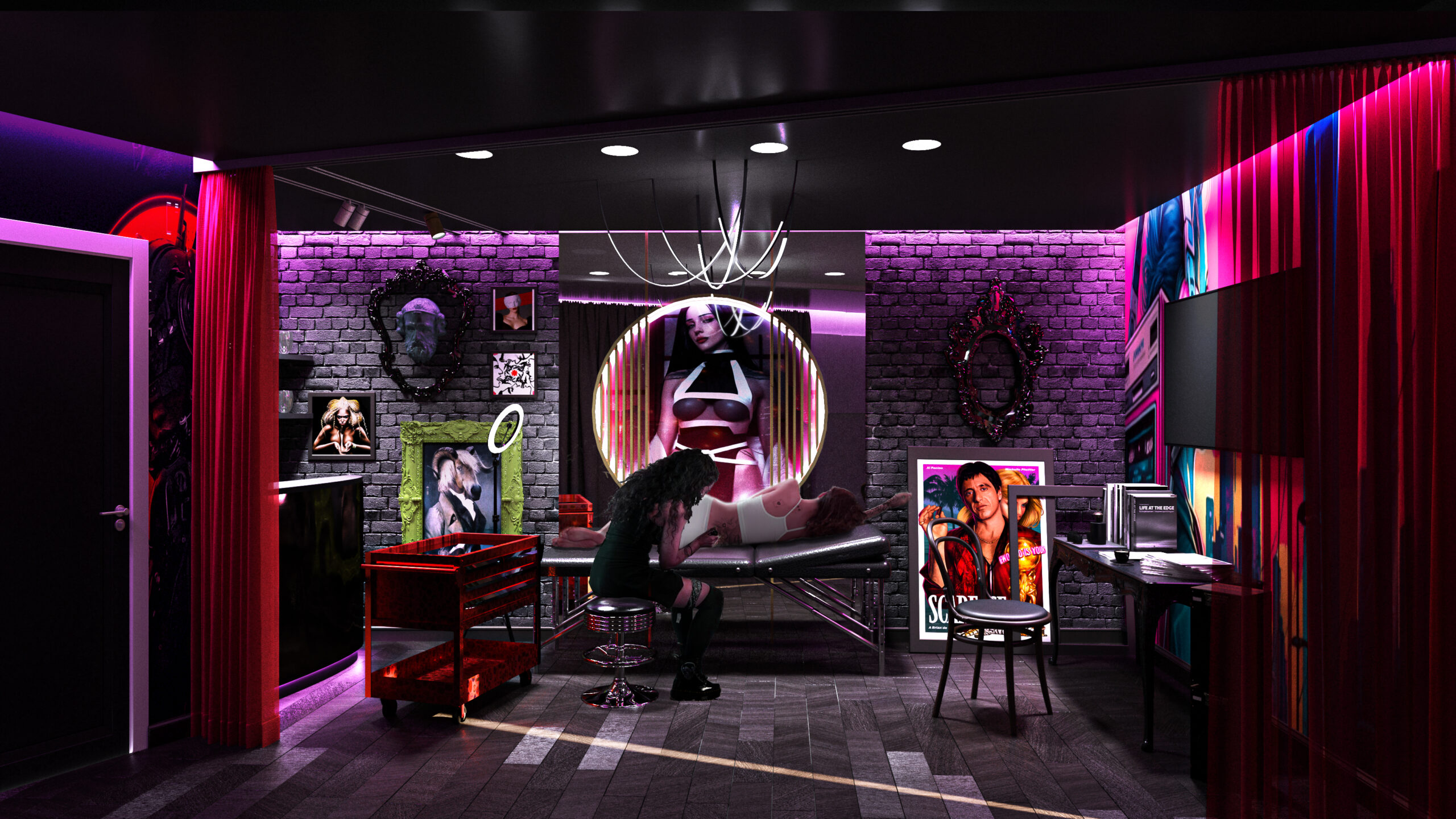From Outlaws to Runway Shows: The Fashion Evolution of Tattoos
Body art have long been not just a mark on the skin; they narrate tales, signify identity, and express unique self-expression. Once regarded as symbols of defiance, tattoos have evolved throughout the years into recognizable statements of aesthetic and trend. From sailors and bikers to celebrities walking down the red carpet, the evolution of body art has seen it reshape perceptions and create new avenues in the fashion industry.
Today, tattoo studios have turned into trendy destinations, not just for those seeking to adorn their skin but also for those wanting to embrace the artistry behind these tattoo creations. This shift indicates a broader cultural acceptance, as tattoos have transitioned from the margins of society into the limelight, making their way into the heart of fashion. The journey of tattoos is a testament to how a previously misunderstood form of self-expression has blossomed into a celebrated trend that continues to make an enduring mark on the world of fashion.
The Rise of Tattoos in Mainstream Fashion
In the past two decades, tattoos have transitioned from the fringes of society to the forefront of mainstream fashion. This transformation can be attributed to numerous cultural shifts, including the influence of celebrities and social media. As public figures like musicians, actors, and athletes began to display their ink, tattoos gained visibility and acceptance. They became symbols of personal expression and artistry rather than mere rebellion. This newfound visibility has allowed tattoo studios to flourish, catering to a growing demand for unique, customized designs.
The fashion industry also played a significant role in normalizing tattoos. Major brands have embraced tattooed models on runways and in campaigns, showcasing ink as a component of modern beauty. This acceptance not only reflects a shift in societal attitudes towards body art but also signals a blending of fashion and individual identity. Designers often draw inspiration from tattoo culture, highlighting its aesthetic appeal and encouraging consumers to embrace their own body art as part of their personal style.
As tattoos continue to gain acceptance, they challenge traditional notions of beauty and professionalism. Employers are increasingly recognizing the diversity of personal expression, with many companies adopting more inclusive policies regarding visible tattoos. This has paved the way for a broader discussion about body art in everyday life, making tattoos a staple in fashion rather than a rebellious statement. As more individuals proudly wear their stories on their skin, the relationship between tattoos and fashion continues to evolve, reinforcing the idea that body art has always been, and will continue to be, in fashion.
The Role of Tattoo Studios in Artistic Expression
Tattoo studios serve as creative hubs where individuals can transform their personal stories into visual art. These environments provide a stage for both clients and artists to partner, allowing for a unique exchange of ideas and inspirations. The atmosphere in a tattoo studio, brimming with art, imagination, and the scent of ink, often encourages individuals to explore their own artistic preferences, making tattoos an personal expression of self.

In recent years, the development of tattoo studios has seen them change from mere workplaces to comprehensive art galleries. Many studios display the work of talented artists and host events, where local talent can demonstrate their skills. This transition has elevated the perception of tattoos from a subcultural statement to a esteemed form of art. As tattoo studio frankfurt , clients often prefer to visit studios that highlight artistry, craftsmanship, and unique designs, further highlighting the studios' role in promoting artistic expression.
The involvement of skilled tattoo artists in these studios plays a key role in shaping the community of tattoos. Artists not only implement designs but also interact with clients on an emotional level, grasping the significance behind each tattoo. This communication helps ensure that the final piece not only meets visual expectations but also connects personally. In this way, tattoo studios turn into essential in bridging the gap between personal narrative and artistic expression, solidifying the notion that tattoos have indeed always been in style.
Understanding Trends: Body Art as Artistic Expressions
Body art have evolved from symbols of defiance and communal identity to powerful cultural statements that mirror personal ideologies and experiences. As time has passed, when cultural views evolved, body art transitioned from the edges of society to mainstream acceptance, growing embraced by varied groups. This evolution has permitted tattoos to become a vehicle for personal expression and narrative sharing, where each design carries individual meaning and cultural importance.
The expansion of tattoo shops across urban areas has played a vital role in this transformation. These locations serve not only as places to receive ink but also as artistic hubs where artists collaborate with customers to create original designs. Many studios place importance on the integration of cultural motifs, inspiring individuals to connect with their roots through their tattoos. This interaction highlights the importance of body art as not just visual choices but as reflections of one's individuality and personal story.
As body art gain prominence on catwalks and in popular media, they disrupt time-honored ideas of professionalism. Public figures and famous personalities proudly showcase their ink, additionally legitimizing the art form and encouraging a fresh generation to embrace body art as a recognized form of personal expression. This persistent movement reinforces the concept that tattoos are not merely ornamental; they are deep social statements that continue to evolve alongside modern life.